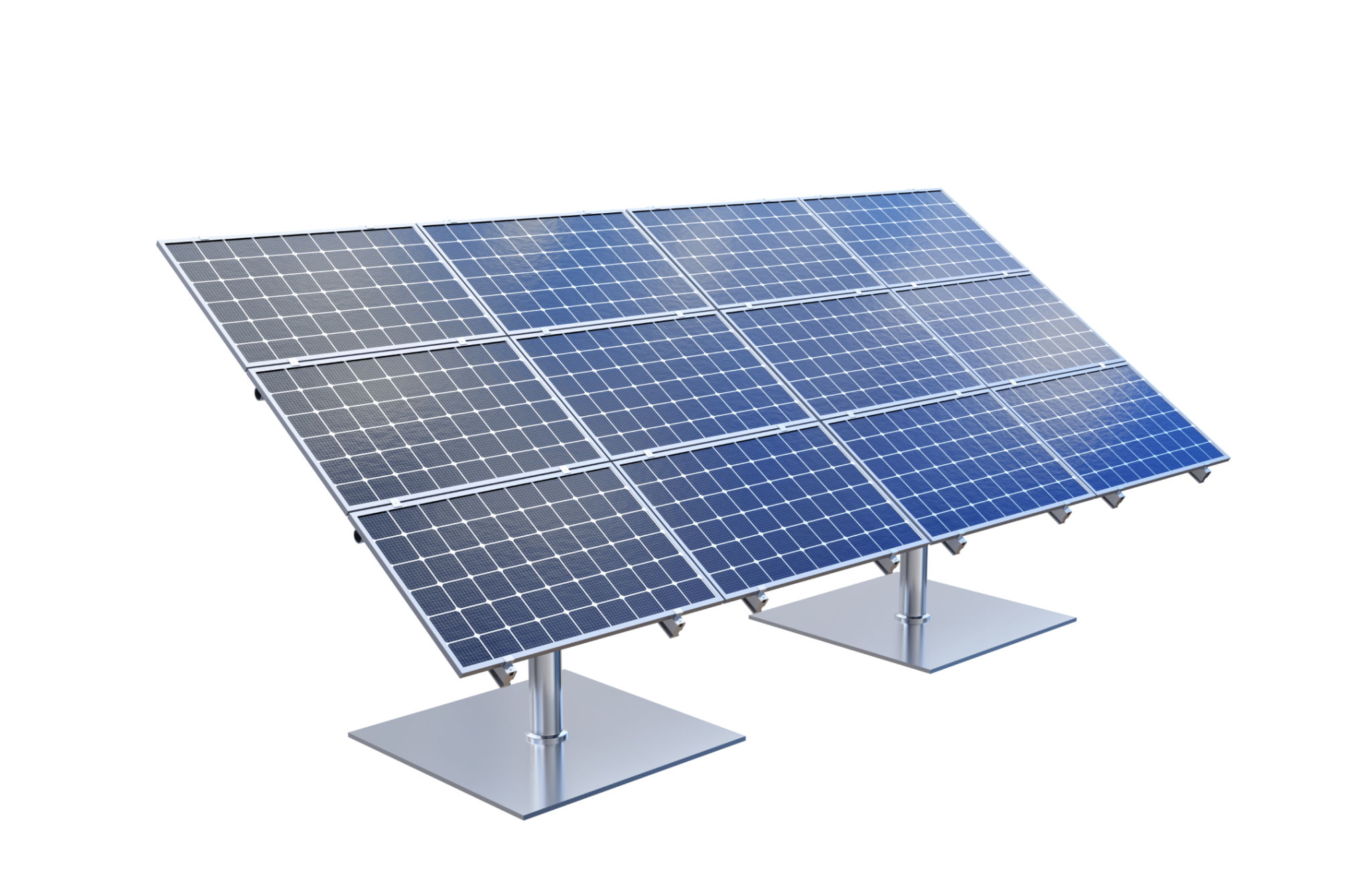How to Navigate Residential Construction in Southern California's Unique Climate
Understanding Southern California's Climate
Southern California is renowned for its sunny skies and mild temperatures, but it also presents unique challenges for residential construction. The region's climate ranges from coastal breezes to arid desert conditions, making it essential for builders to adapt their strategies accordingly. Understanding these diverse weather patterns is crucial for successful construction projects in the area.

Choosing the Right Materials
One of the most important aspects of residential construction in Southern California is selecting the appropriate materials. Given the potential for high temperatures and occasional wildfires, it's essential to use materials that are both durable and fire-resistant. Consider options like stucco, concrete, and metal roofing, which offer better protection against the elements.
Additionally, incorporating sustainable materials can help reduce environmental impact while enhancing the home's energy efficiency. Utilizing recycled materials or opting for local resources can also minimize carbon footprints and support regional economies.
Implementing Energy-Efficient Designs
Energy efficiency is a critical consideration in Southern California construction. With abundant sunshine year-round, solar panels are an excellent investment for harnessing renewable energy. Designing homes with large windows and skylights can maximize natural light, reducing reliance on artificial lighting and lowering electricity costs.

Insulation is another key factor to consider. Proper insulation helps maintain a comfortable indoor temperature while reducing energy consumption. Spray foam and cellulose are popular choices that offer superior thermal performance.
Addressing Water Scarcity
Water scarcity is a significant concern in Southern California, making water conservation efforts vital in residential construction. Designing landscapes with drought-resistant plants and incorporating efficient irrigation systems can significantly reduce water usage. Rainwater harvesting systems and greywater recycling are other effective strategies to consider.
Inside the home, installing low-flow fixtures and water-efficient appliances can further conserve water. These small changes can make a big difference in reducing overall water consumption.

Ensuring Earthquake Resilience
The risk of earthquakes is a constant consideration in Southern California construction. Implementing earthquake-resistant designs is crucial to ensure the safety and longevity of residential structures. This includes reinforcing foundations, using flexible building materials, and ensuring proper seismic bracing.
Builders should also adhere to local building codes and regulations designed to enhance earthquake resilience. Regular inspections and updates to older structures can help maintain safety standards over time.
Planning for Future Challenges
As climate change continues to impact weather patterns, it's vital for builders in Southern California to plan for future challenges. This might include designing homes that can withstand extreme heat or increased rainfall due to shifting climate conditions.

Staying informed about the latest advancements in building technologies and materials is essential for adapting to these changes. By prioritizing sustainability and resilience, homeowners can enjoy their Southern California residences for years to come.